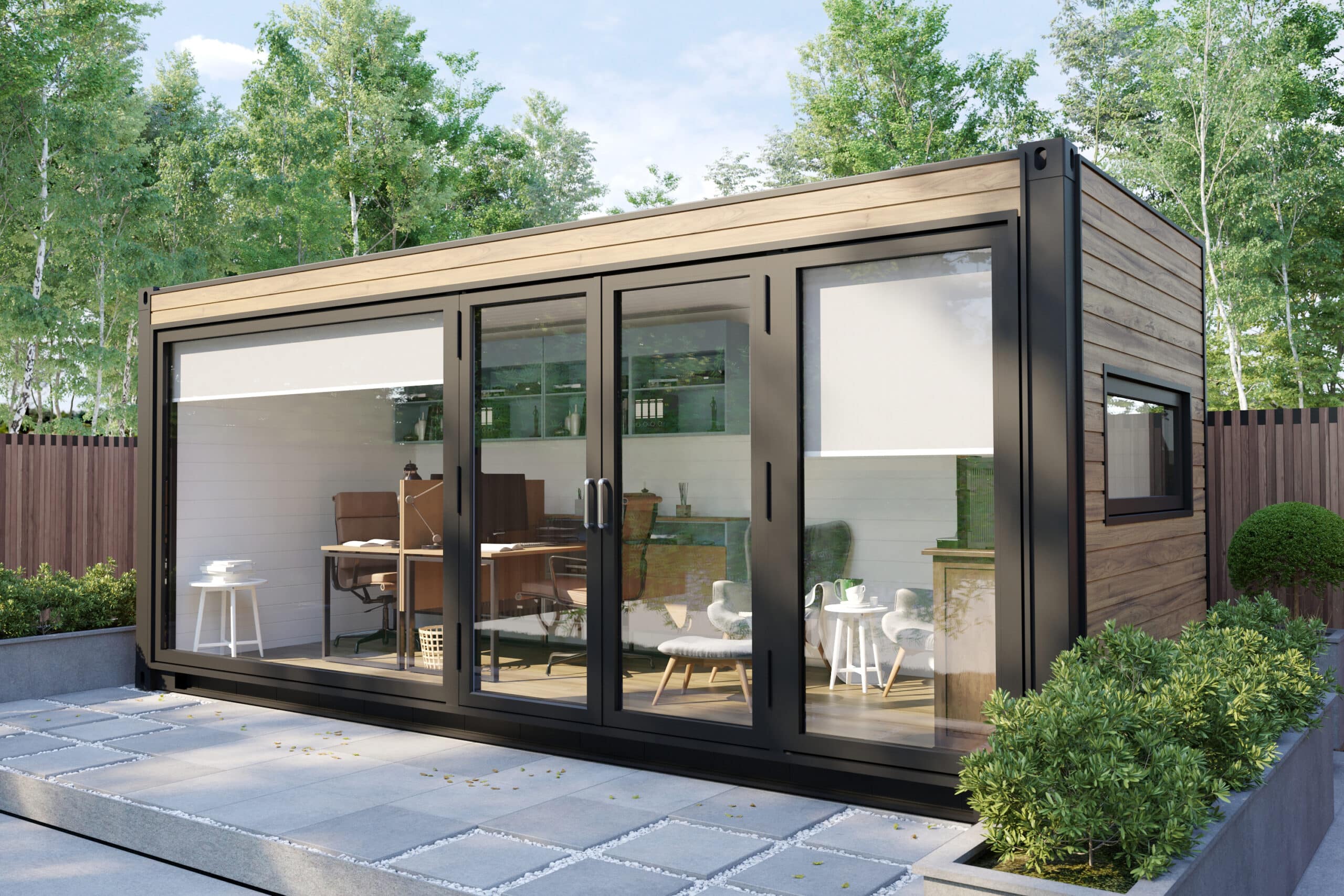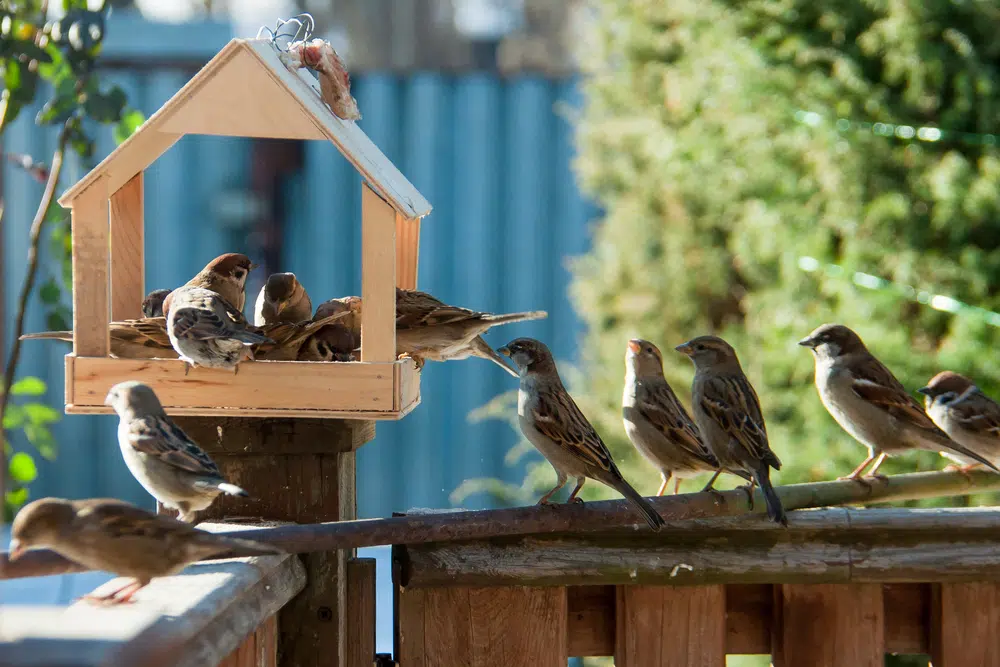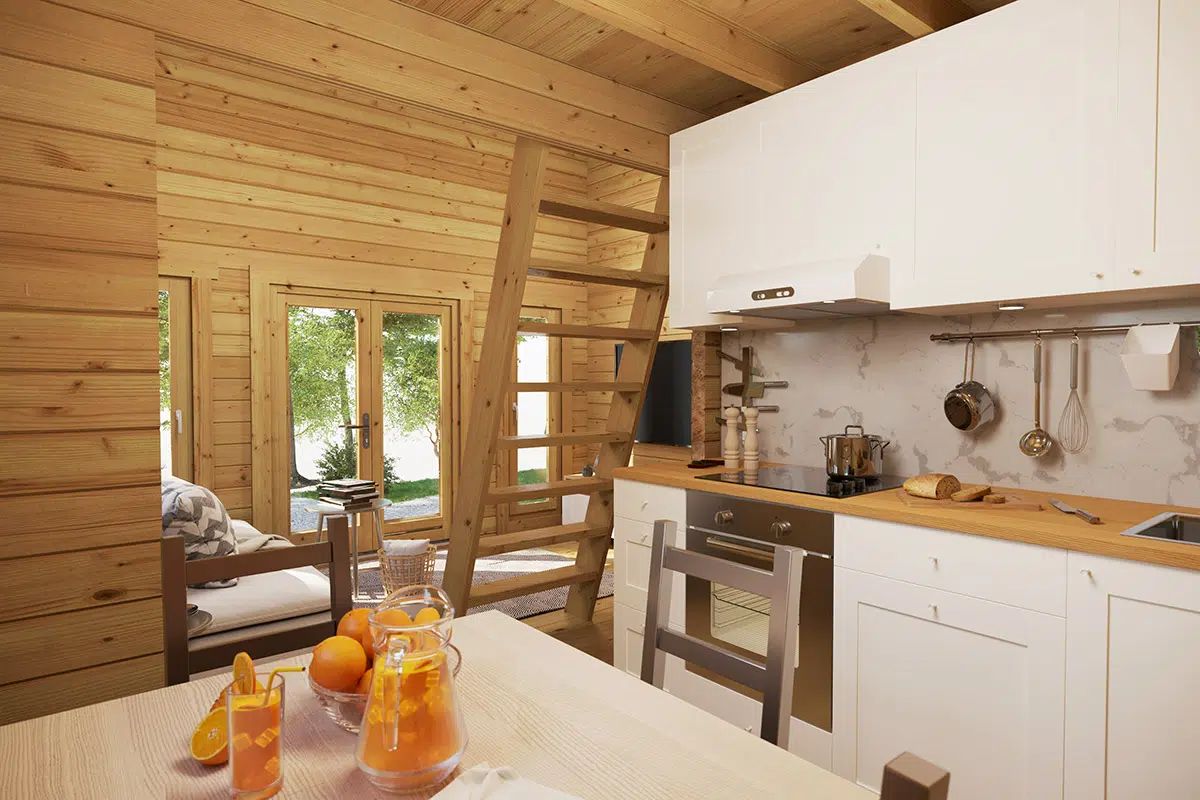Guide For Treatment of Garden Log Cabins
12.08.2019
So you bought a garden log cabin, installed it in your backyard, and there it sits. You might now be wondering, why should I maintain it? What are the benefits of that? Maintaining your garden log cabins will offer them a prolonged life and make sure you get to enjoy your beautiful outdoor rooms to the full extent they were intended for. Not to mention it will protect them from the elements and possible harmful factors such as leaks or rain damage. Read on to find out what you need to do!
Treating the Garden Log Cabins
You are always advised to treat your garden log cabins right after you’ve put them together. And you shouldn’t stop there! Any garden log cabins that are left to the mercy of wind, rain, and snow will, eventually, deteriorate. Therefore, the best thing to do is treat them on a regular basis.
How to Choose the Perfect Treatment for Your Garden Log Cabins
Water based treatments
You can apply them directly to the wood without a primer. However, the wood has to be clean, wax and grease-free, and it cannot have any organic matter on it. It also has to be dry. If you are applying a water-based treatment over some other coatings, you need to scrape them off first.
Spirit-based and Solvent treatments
They can provide more protection for your garden log cabins than the water ones and are easier to apply as well. It will protect it against dry rot and humidity. However, you will have to apply it again once every three years.
Oil-based treatments
The best so far, oil treatments soak into the wood, allowing it some freedom of movement and expansion. They also repel water and fungi while also protecting against UV rays. Plus, you will only have to retouch them every five years or so, depending on the climate in your area.
Pressure-treating
It’s a process which forces your chosen treatment into the wood of the garden log cabins so that it applies better and more evenly than if sprayed or painted on.
When Should I Reapply the Treatment to My Garden Log Cabins?
There’s an easy test you can do. Spray a tiny amount of water onto a patch of wood at the exterior of the cabin. If the water forms into small beads that simply roll down the surface without penetrating it, you’re fine for another year.
However, if you can see the water soaking into the wood, you will need a whole new coat of treating because the wood is no longer protected. Don’t forget about the ends and corners of the logs. When doing the water test, if the length of the wooden logs is fine, that doesn’t mean the corners are alright as well!
Here’s a Tip
Clean up the garden log cabins before applying a new coating of treatment. Simply take a very lightly dampened cloth and run it over the surface of the wood. This should clean off the excess dirt and grime. Wait until the surface of the wood is completely dry before applying the new coat! Which brings us to this.
Leaks and Rain Damage
While you are cleaning the surface of the garden log cabins, you can also be on the lookout for rain spots or dirt splatters. If they have built up on the walls and you leave them unchecked, they could lead to serious damage to the wood.
Usually, a buildup of this sort means that that particular spot needs extra insulation. Therefore, you will have to go in manually with a silicone sealant. Don’t worry, it will be available at any DIY store! Alternatively, order it online! Remember to apply the silicone sealant only after the treatment itself.
Typical areas where you will see this type of buildup are the interlocking corners found under the roof of the foundations, any gaps you can spot at the ends of the logs or the joints next to the doors or windows.
Helping the Wood Settle
You need to remember at all times that wood is a natural material which will react to the weather. In other words, wood expands and contracts if it’s too hot, too cold, too humid or freezing outside. Therefore, one of your main jobs when it comes to maintaining your garden log cabins is making sure the wood can go through this natural process without warping or getting damaged.
After you have constructed your garden log cabins, you will most likely notice that the wood itself will go through a period called ‘settling.’ It’s just the material getting accustomed to its new climate. Most likely it will shrink a little, perhaps even forming small cracks as it settles. This will not affect the structure of your garden log cabin in any way!
If you do notice more sizeable splits or cracks, you can go in with a flexible sealant that matches and fix them.
Keep Your Garden Log Cabins Warm
This, of course, is not necessary. It all depends on what purpose you, as an owner, decide to give the cabins. However, if you do decide to warm them up during the winter, pay special attention to the roof and the floor because that’s where most of the heat gets lost.
If heat retention is what you’re looking for, go for insulation! You can also purchase a heating system that goes under the floors. Don’t forget to open up the windows when the air is too dry or when you can see them steaming up. This will allow all the condensation to be released outside and prevent any dampness inside the cabin itself.
Do you have any more advice on how to maintain your garden log cabins? Please share it with us in the comment section down below! You can also leave us your thoughts and questions on the topic as we would love to hear from you!
Categories:
Useful TipsWant to discuss over phone. Let us call back to you
If you need any additional info regarding any product, please fill in the below form and we will get back to you, usually the same or next working day.
Have any questions regarding some product?
If you need any additional info regarding any product, please send us your questions.




